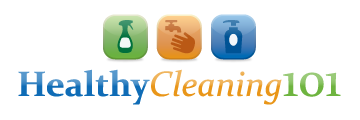Fabric softeners and enhancers are popular for a reason; they help keep your clothes looking and feeling their best.
What are fabric softeners and enhancers?
Fabric softeners reduce static, add softness, and infuse clothes with fragrance. Enhancers may include scent beads or in-wash boosters that complement softeners. They make fabrics feel softer and fluffier, reduce static and wrinkles, and often also add a pleasant scent. They also protect fabric, preventing fading, pilling, fuzzing, and stretching, which is especially important for natural fibers like cotton and linen that can be rougher and more prone to damage.
How do fabric softeners work?
During the wash cycle, they coat fabric fibres with lubricating agents, reducing friction and making garments feel softer and easier to iron. When you wash your hair, shampoo cleans, and conditioner softens and protects. When you wash your clothes, detergent is the shampoo and fabric softener is the conditioner. Like hair conditioner, fabric softeners work by coating the surface, but it also penetrates the fabric fibers. This lubricates the fibers and reduces friction, leading to the many benefits of using the product.
The key ingredient used in both conditioners and fabric softeners is often primarily cationic surfactants, usually derived from fatty acids. These positively charged surfactant particles attach to the negatively charged clothing fibers. This helps prevent the process of hydrogen bonding, which can cause wrinkles and stiff fabric.
Are fabric softeners safe to use?
Yes, when used as directed. Consumers can be confident that these products are safe when used according to label instructions.
How should I use a fabric softener?
For all types of fabric softeners, read and follow the label directions. This will give you details on the correct amount to use and when to add it in the laundry cycle. During use and storage, keep fabric softeners out of reach and sight of children.
Can fabric softeners cause skin irritation?
Some individuals with sensitive skin may experience mild irritation. Hypoallergenic and fragrance-free formulas are available.
Do fabric softeners affect towels or athletic wear?
Yes. Use caution with microfiber, towels, or moisture-wicking clothing, as fabric softeners may reduce absorbency or performance.
How are fabric softeners regulated in Canada?
Yes. The substances in these products are regulated under the Canadian Environmental Protection Act and the label for these products is governed by the Canadian Consumer Product Safety Act and its Consumer Chemicals and Containers Regulations, 2001 (CCCR 2001).
